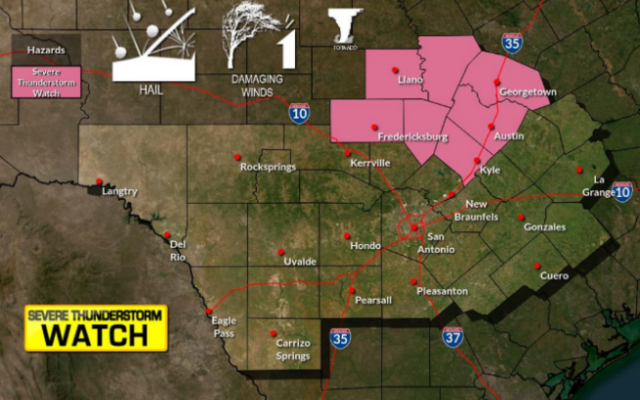Texas metro areas continue seeing big growth in 2021

(Texas News Radio) — Texas’ four big metro areas continue to get bigger, while some of the nation’s biggest regions continued to shrink in 2021 compared to the previous year.
The U.S. Census Bureau said while most — more than 73 percent to be specific — of the nation’s counties saw natural decrease in their populations, meaning more people died than were born, most of the nation’s counties — nearly 66 percent — saw positive domestic migration, meaning moving from one American county to another.
“The patterns we’ve observed in domestic migration shifted in 2021,” said Dr. Christine Hartley, assistant division chief for estimates and projections in the Census Bureau’s Population Division. “Even though over time we’ve seen a higher number of counties with natural decrease and net international migration continuing to decline, in the past year, the contribution of domestic migration counteracted these trends so there were actually more counties growing than losing population.”
The bulk of this shift was from more populated counties like Los Angeles County, California, and New York County, New York, to smaller ones.
Texas’ four big metro areas were in the top 10 for numeric gains of residents from July 1, 2020, to July 1, 2021 with Dallas-Fort Worth-Arlington topping the list with 97,290 new residents — nearly the addition of the city of Allen; Houston-The Woodlands-Sugar Land third on the list behind greater Phoenix with 69,094 new residents — nearly the addition of Baytown; Austin-Round Rock-Georgetown fourth with 53,301 new residents — roughly the addition of Leander; and San Antonio-New Braunfels eighth with 35,105 new residents — roughly the addition of Seguin.
Of the top 10 largest-gaining counties in the nation in 2021, five were in Texas: Collin, Fort Bend, Williamson, Denton, and Montgomery counties. Together, they added 145,663 new residents in just one year.
Los Angeles County, California, had the biggest decline in the nation, losing 159,621 residents from 2020 to 2021. Many moved to neighboring Riverside County, making it the third-biggest gainer in the nation, behind Maricopa County, Arizona, and Collin County.
Other big losers in the bottom ten were five counties in the New York metropolitan area — New York (Manhattan); Kings (Brooklyn); Bronx; Queens; and Hudson, New Jersey — two in the San Francisco Bay area — San Francisco and San Mateo counties — and Suffolk County, home to Boston, in Massachusetts.
Top metro areas by numeric growth:
- Dallas-Fort Worth-Arlington 97,290
- Phoenix-Mesa-Chandler 78,220
- Houston-The Woodlands-Sugar Land 69,094
- Austin-Round Rock-Georgetown 53,301
- Riverside-San Bernardino-Ontario 47,601
- Atlanta-Sandy Springs-Alpharetta 42,904
- Tampa-St. Petersburg-Clearwater 36,129
- San Antonio-New Braunfels 35,105
- Charlotte-Concord-Gastonia 31,381
- Raleigh-Cary 28,186
Top counties by numeric growth:
- Maricopa County, AZ 58,246
- Collin County, TX 36,313
- Riverside County, CA 35,631
- Fort Bend County, TX 29,895
- Williamson County, TX 27,760
- Denton County, TX 27,747
- Polk County, FL 24,287
- Montgomery County, TX 23,948
- Lee County, FL 23,297
- Utah County, UT 21,843
Top county percentage decline (April 1, 2020 to July 1, 2021):
- New York County, NY -6.9%
- San Francisco County, CA -6.7%
- Williams County, ND -6.0%
- Calcasieu County, LA -5.3%
- San Mateo County, CA -3.5%
- Kings County, NY -3.5%
- Suffolk County, MA -3.3%
- Bronx County, NY -3.2%
- Queens County, NY 3.1%
- Hudson County, NJ -3.1%
Top county numeric decline (April 1, 2020 to July 1, 2021):
- Los Angeles County, CA -184,465
- New York County, NY -117,375
- Cook County, IL -102,395
- Kings County, NY -95.002
- Queens County, NY -74,321
- San Francisco County, CA -58,764
- Santa Clara County, CA -50.751
- Bronx County, NY -47,706
- Miami-Dade County, FL -38,990
- Alameda County, CA -33,797
You Might Also Like



